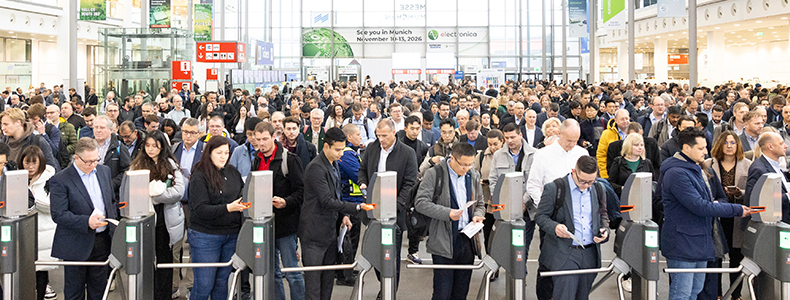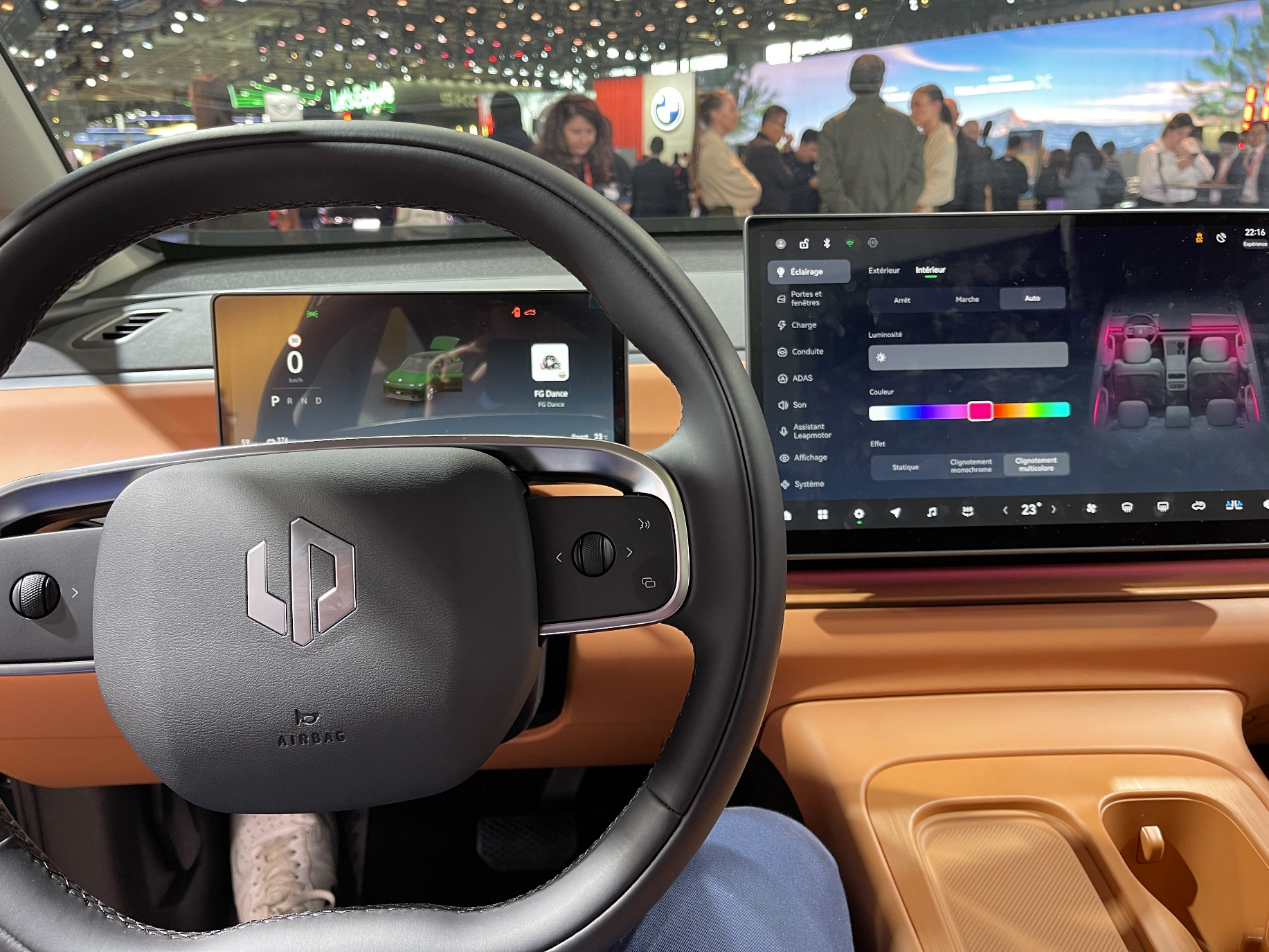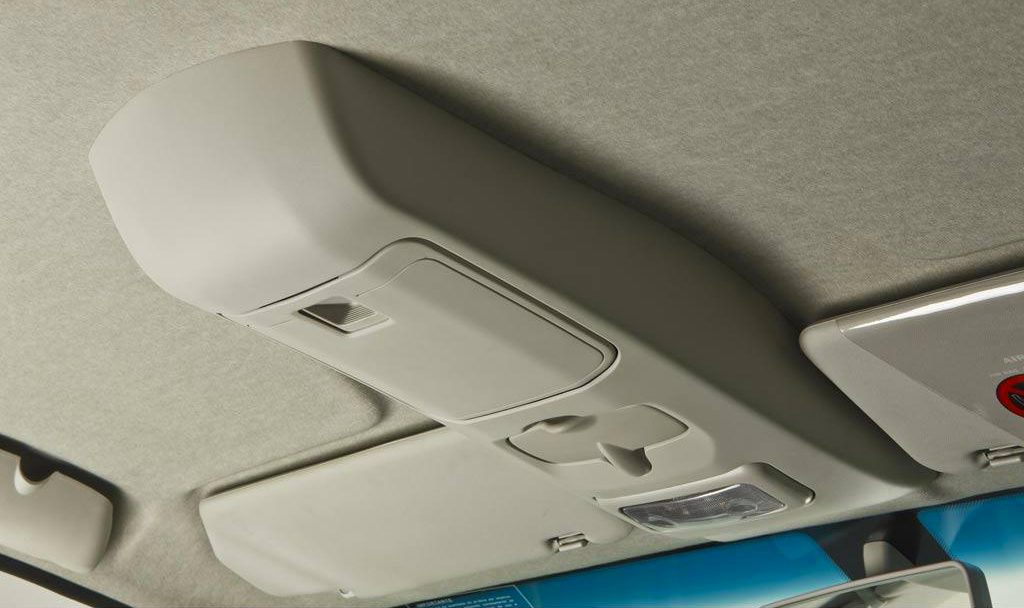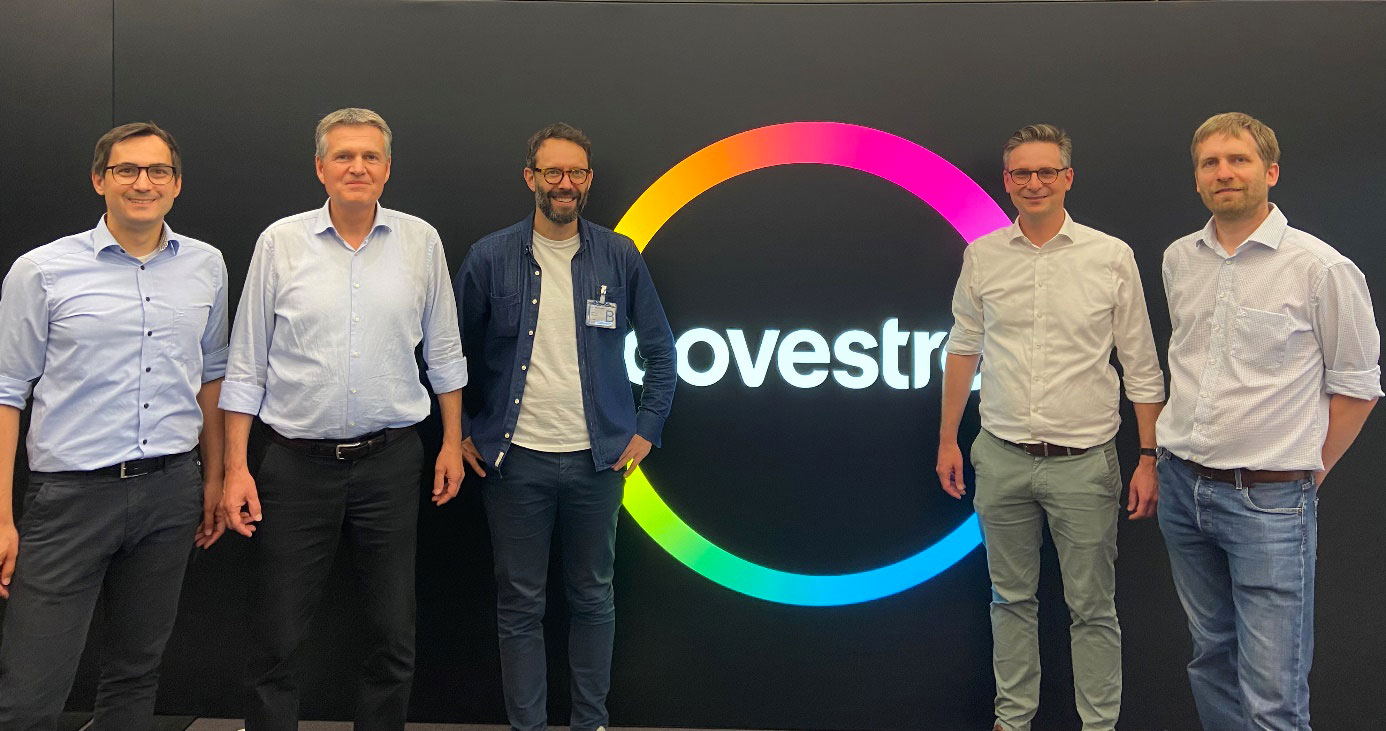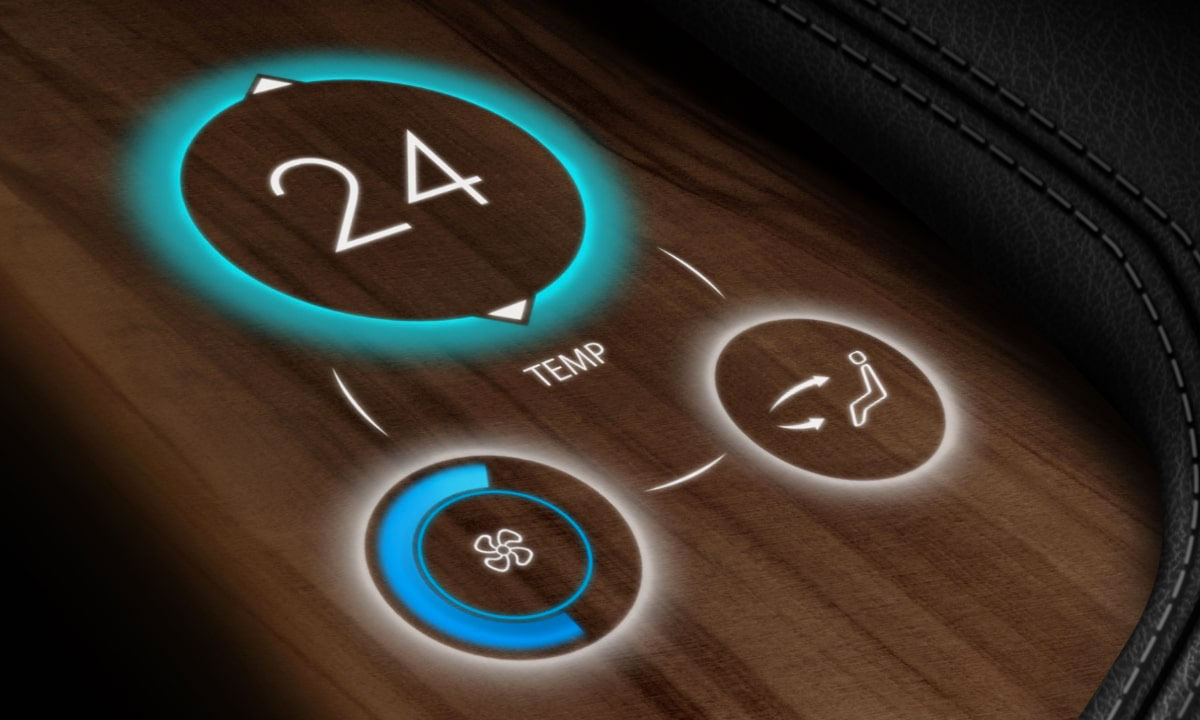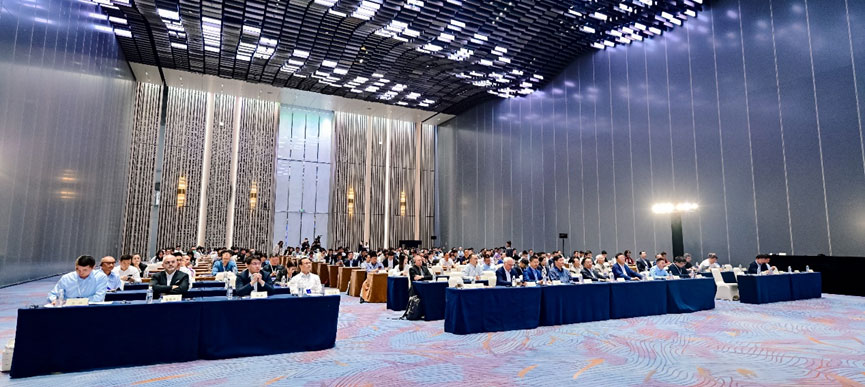By Paul-Henri Matha and Wolfgang Huhn
At electronica 2024 in Munich, the international electronics industry demonstrated that digital technologies are the key to achieving a carbon-neutral future. From 12 to 15 November, 3,480 exhibitors presented their innovations across the entire spectrum of electronics to about 80,000 visitors in 18 exhibition halls at the International Congress Center Messe München.
In addition to sustainability, topics including artificial intelligence, the future of mobility, and the development of young talent sparked lively discussions at the exhibition stands and throughout the extensive supporting program. The equally successful SEMICON Europa took place concurrently in two halls.
Exhibitors travelled from 59 countries and regions—76 per cent of them came from abroad. There were around 80,000 visitors from around 100 locales; 54 per cent of show visitors were from away. After Germany, the top 10 visitor countries were Italy, China, France, Austria, United Kingdom, Switzerland, the USA, Spain, the Netherlands, and Poland.
The day before the show started, an automotive conference was held, with four great keynotes. The first was given by Google’s Michael Kollig, who extolled his company’s notion of the power of generative AI. He showed a video with a woman walking around an office with a smartphone with a running video function; she asked the AI all kinds of things, and the AI answered immediately—a lot of “what is this” questions, including a screenshot of C++ code on a PC, which the AI interpreted, a handwritten schematic on the whiteboard which the AI improved, and “where are my glasses?”—they’d been visible for a short time at the beginning, and of course the AI in the video ‘knew’ where they were. The other three keynotes by Infineon, Wolfspeed, and Hitachi were also of a high standard.
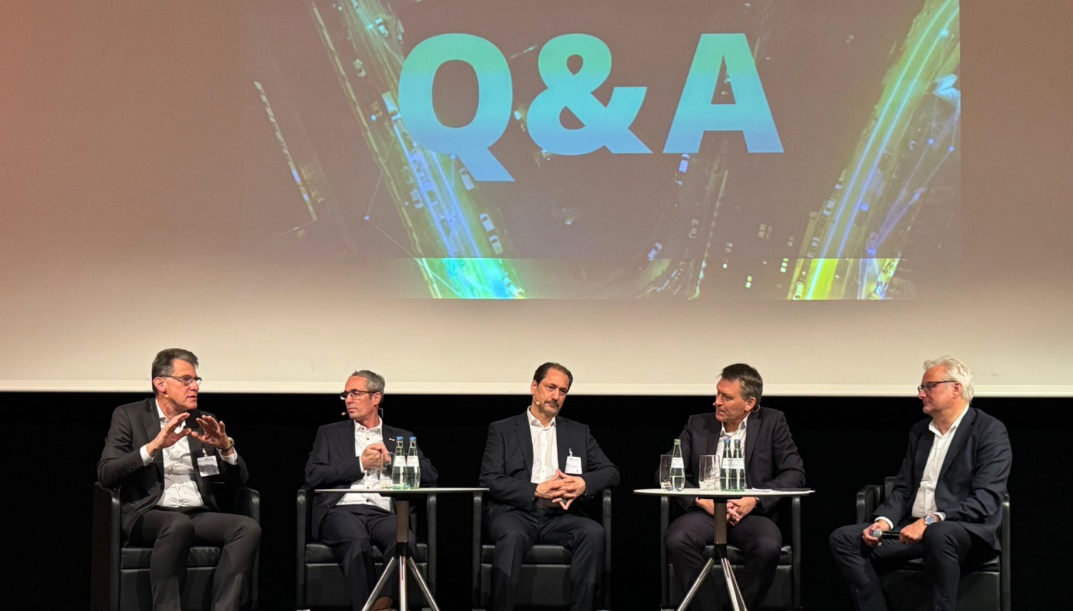
There was a Lighting and Interior Trends session chaired by DVN’s Wolfgang Huhn. Samsung Semiconductor Europe COO and SVP Jens Kahrweg spoke on auto interior and cockpit trends and how to overcome challenges with semiconductor solutions. Kahrweg has been instrumental in the success of his company’s System LSI business, which designs core semiconductors. His key topics included the role of generative AI in cockpit innovation and how memory, computing power, sensors (including UWB for health monitoring), and display technologies are addressing these trends.
Yangfeng’s Christophe Pincemin spoke about interior lighting trends in China and Europe. Pincemin started his career in the automotive industry 26 years ago after studying materials engineering. After management positions around the world at Mecaplast, Novares, and Antolin, he joined Yanfeng in 2020, where he is now Executive Director of Smart Surfaces and Lighting. In his presentation, he said global trends and customer demands influence our daily work in developing our products and improving the overall customer experience.
ams OSRAM’s Mobility and Illumination Product Marketing Director Stephan Eicher’s talk was entitled, “How Cutting-Edge LED Technology Enables Trends in Interior Lighting”. He explained that lighting plays an increasingly important role in the user experience and is now seen as a key differentiating feature and design element. So, it makes sense that new applications for interior lighting are constantly being explored.
ST Micro’s Alfonso Furio presented onCAN FD Light, which is a network protocol for controlling modern vehicle lighting—including LEDs and OLEDs, in applications from rear lights to front grille lighting. Lighting is rapidly and continuously evolving to improve safety and driving comfort. At the same time, it is a key element of vehicle design for automaker branding. This is happening in parallel with the rethinking of the entire E/E architecture, opening the door to optimized communication protocols such as CAN FD.
Electronica Opening Ceremony
The official opening event of Electronica was on Monday evening; 450 guests were invited for a grand opening with official honours, a CEO panel discussion, and an opening party.
The semiconductor industry CEO panel discussion was chaired by Handelsblatt journalist Joachim Hofer, who is well-known in Germany. He asked tough and politically-charged questions which the panel of CEOs at first refused, then answered with more and more details as they warmed to the subject.
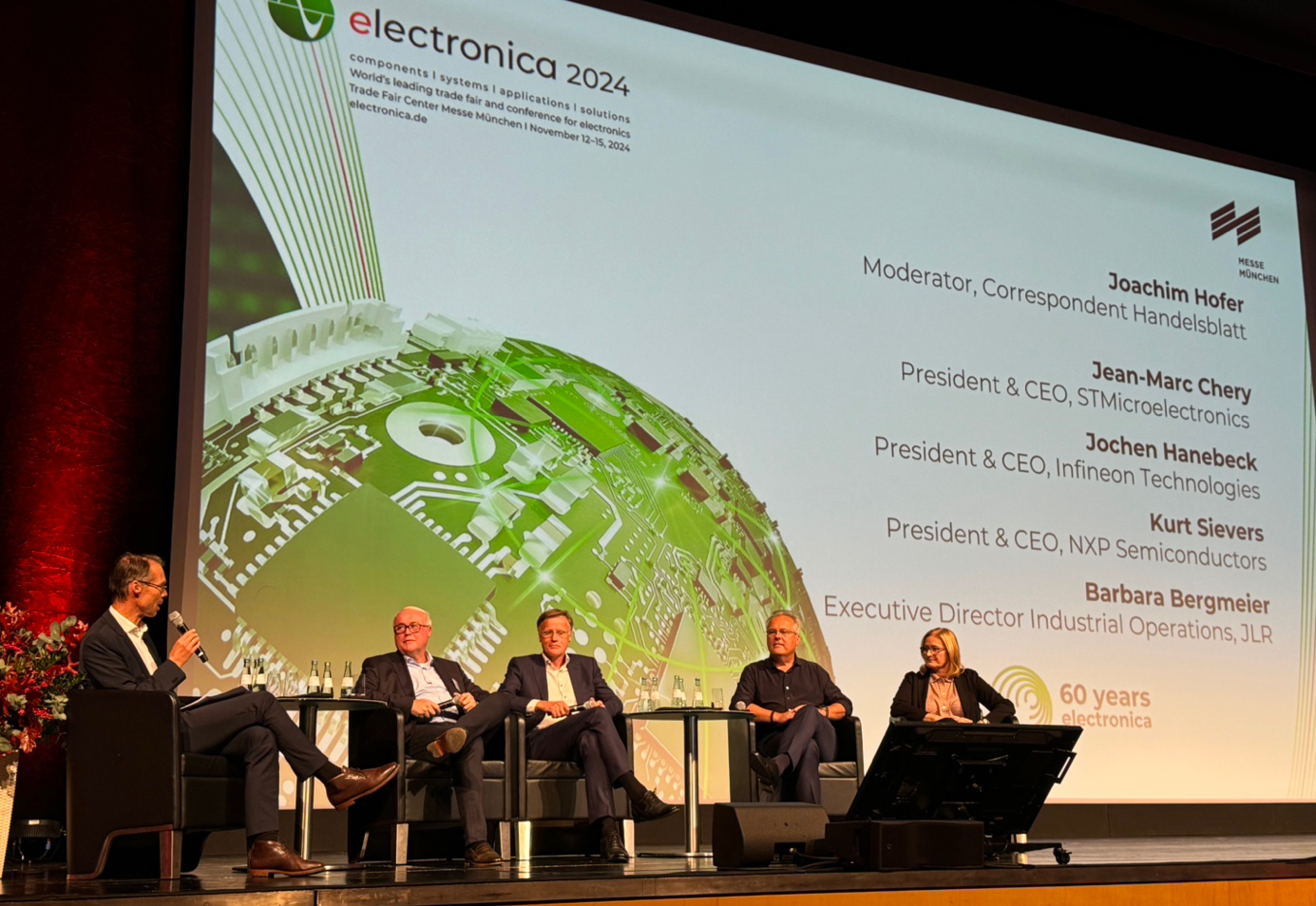
Some statements from the discussion:
- Every government supports its national semiconductor industry, but no country can ever be independent on its own.
- Predictability of government decisions, including taxation, is essential for planning our business.
- The AI boom will lead to a hardware boom, including sensors. AI will help avoid unplanned factory downtime.
- EU AI regulations are never fast enough to keep up with technology development. This takes time and we in Europe will not have access to the latest AI models.
- CO2 reduction is good and necessary, but should please proceed along the Pareto line.
- There is no way to work without China. Their talent pool is bigger and their energy costs are lower.
- We will have another semiconductor crisis because of the tactical behaviour of some in the supply chain.
All along the different halls, especially in automotive and semiconductors halls, lighting technology was very well represented. Our main takeaways in 5 bullet points:
- Light sources manufacturers, as part of the semiconductor industry, were massively present. Their main products were focused on miniLED technology—especially from Chinese and Taiwanese manufacturers—and RGB LEDs, including LED ICs.

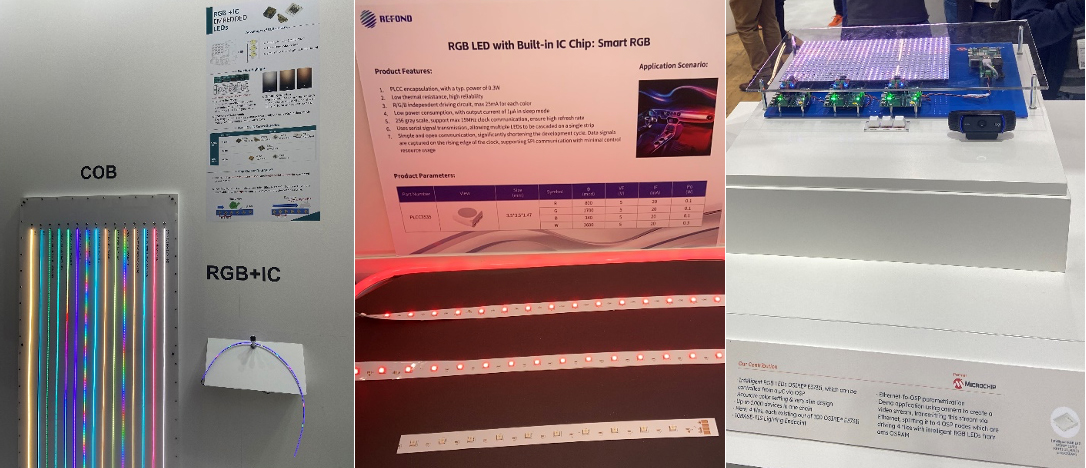
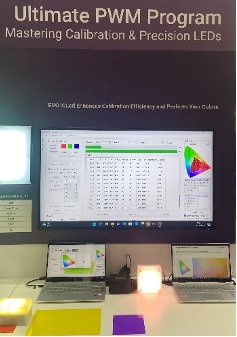

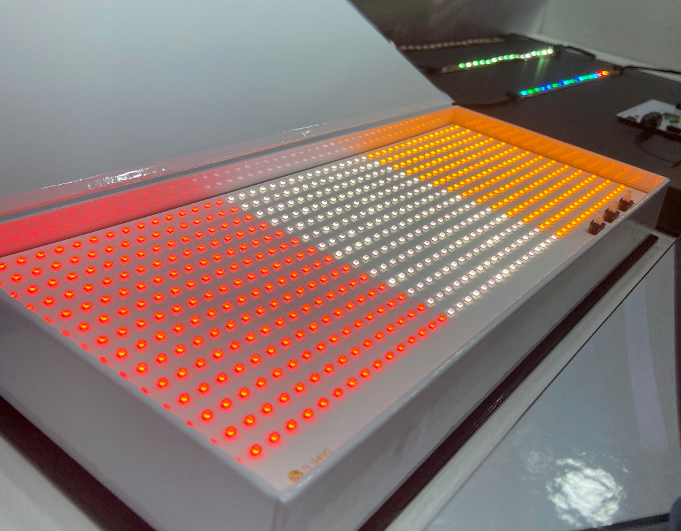
- Display technology is evolving very fast with nice OLED displays showing reduced depth and good rendering; transparent microLED displays, and foldable displays. Aside from pure-display applications, also for side windows, windshields, and exterior lamps.
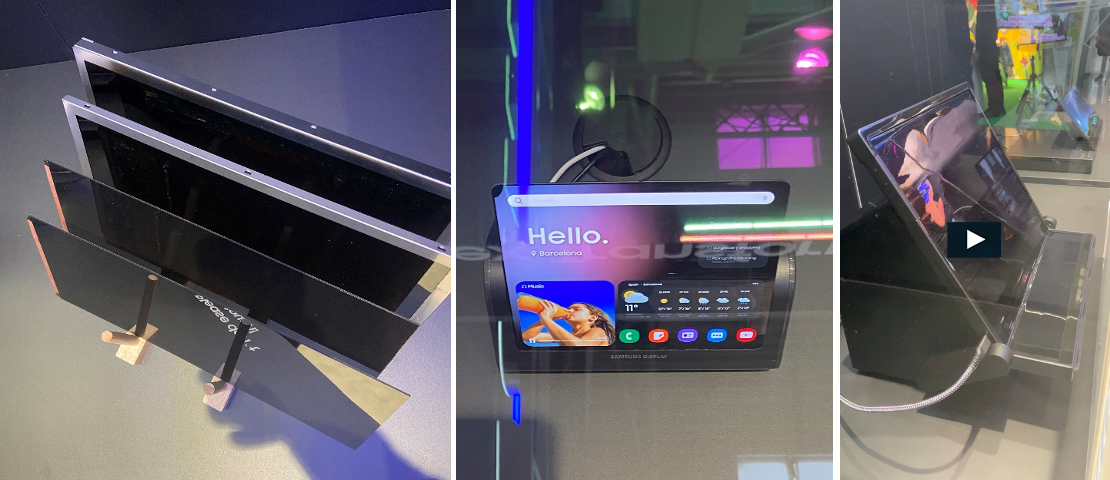
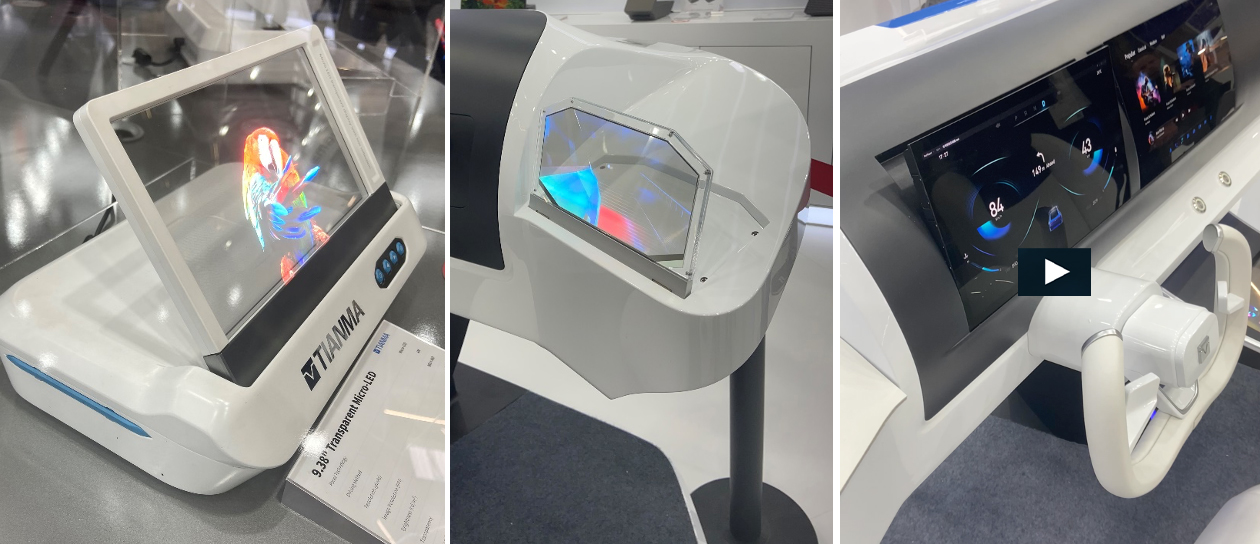
- LED IC supply is a new development, compatible with management of more pixels and Ethernet interfaces.
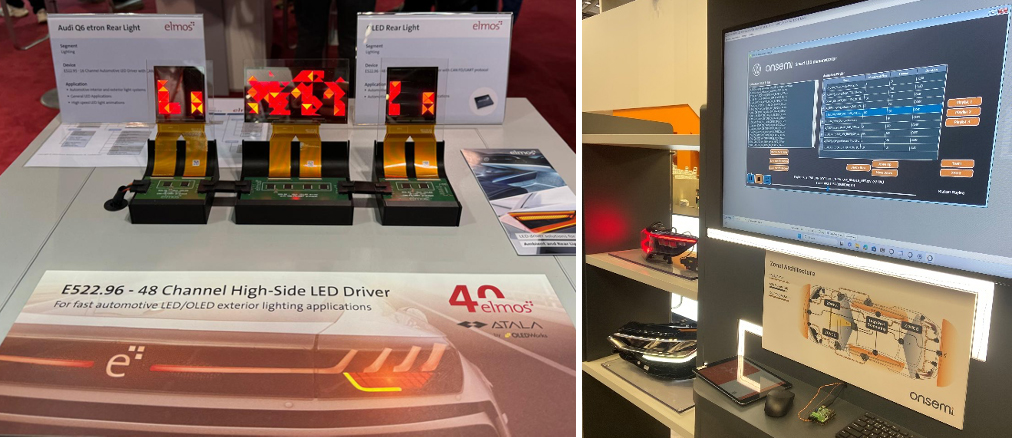
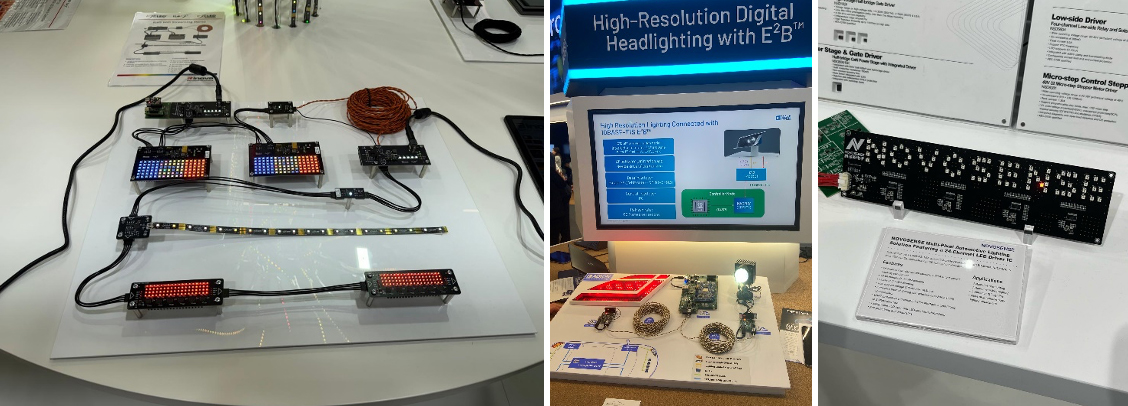
- New concepts to manage automatic levelling as now required by UN R48 from AML and Murata, based on MEMS technology (Gyroscope + accelerometer)—AML previously showed, at the DVN US Workshop ’24 last summer, that their solution can provide automatic headlamp aiming and fast dynamic levelling, not just static aim-maintenance.
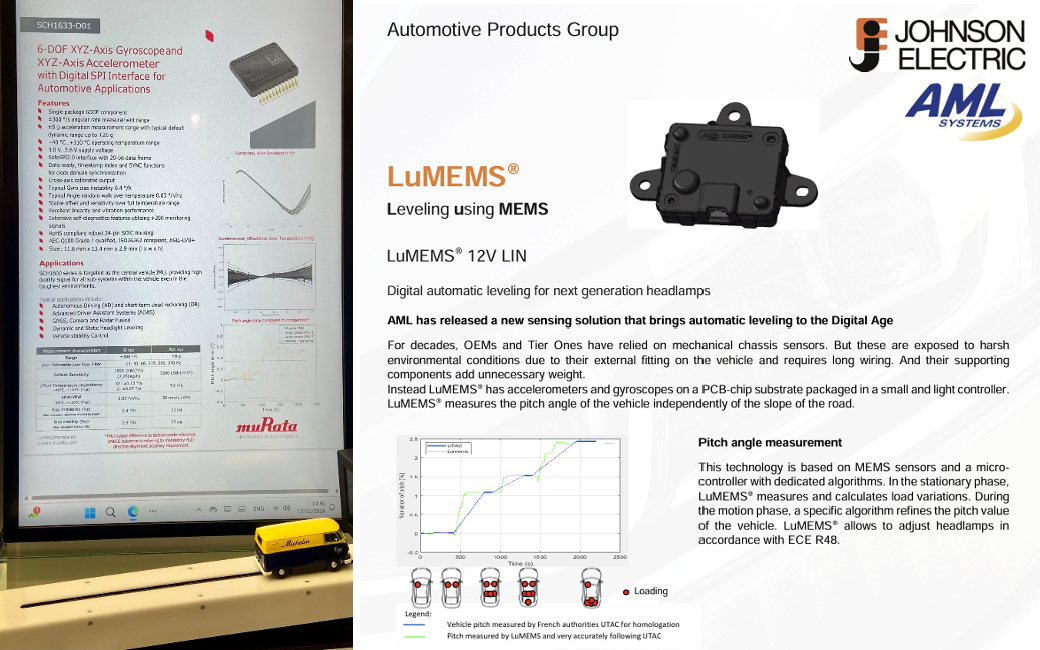
- Importance of networking in this sort of event to discuss trend, technology, possible application, etc…


